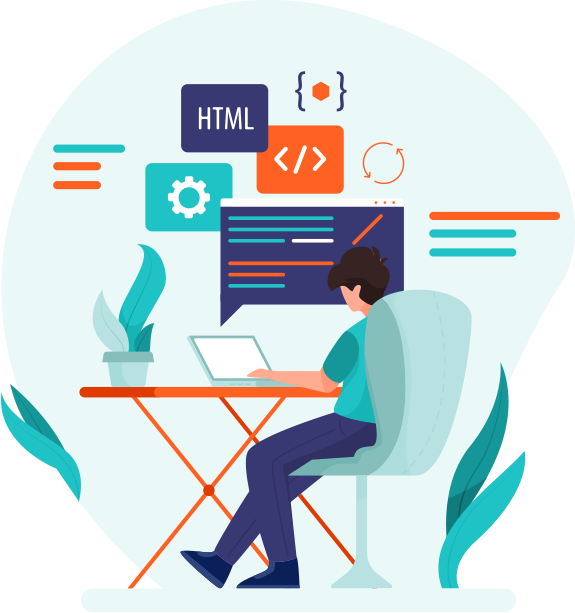
User testing when used with a prototype can save your product from failure. In the rush of excitement to release a new product, designers believe that they will ‘develop it and they will come’ delusion doesn’t apply to them. Believing this is an important opportunity missed, product validation through prototyping and user testing. Thanks to Prototyping, we can test a product much earlier and learn if it will be a hit.
Prototyping helps you test out an idea at a low cost. With this, you can get valuable feedback from your users. It can give you valuable insight into what you need to include or eliminate to cater to the user’s requirements. As you get real-time feedback from users, you get a better idea about how far your idea can go and where you should put in more effort. When we know the problem with the design, we can make the solution flawless. We know a perfect solution can attract more users as you are not compromising on usability.
Schedule an Appointment
Our first step to prototyping is to understand the product’s utility. We research to learn if the idea will really help you achieve your goals. As soon as we have an idea about the scope of the product, we move on to our next step.
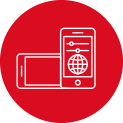
We perform a market analysis to learn how people are reacting to a specific idea. With competitive analysis, we get to learn what more to include to grab your target audience’s attention. Research helps us understand an idea’s future possibilities.
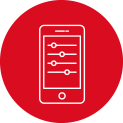
Next, we focus on the target audience. Learning the demographics and user requirements helps us develop an effective solution. We know the market competition is strong and we know how important it is to satisfy your user’s requirements.

Before we start prototyping, our UX designers prefer to know more about the product, the devices, and the platforms since we don’t develop a one-size-fits-all solution. So, we analyze the product type and platform.

The market might have already had a product that you wish to develop. We follow the visual precedent to deliver a comparatively better solution. While researching the visual precedent, we zero in on its strength and weaknesses.
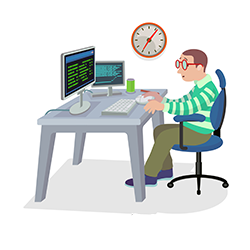
Defining the deliverables helps us plan our course of action. We know every project is unique. So, we have to use our expertise to craft out a solution that caters to the unique requirements. It helps us set the pace and plan out our resources.

We sketch out your idea as our first step to prototyping. But before that, we perform in-depth market research while focusing on client requirements. Our market research also gives us an idea about user requirements.
Once we are done with our sketch, we move on to wireframing. So, we create a product blueprint while concentrating on its functionality. We collect in-house feedback and make changes if required.

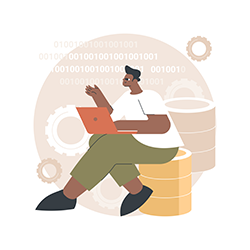
Now, we focus on creating a premium prototype. Once we are done, we publish it and wait for feedback. We provide our stakeholders a link to the published prototype to learn about the user’s reaction.

User feedback gives an insight into the product’s future. We locate our strengths and weaknesses from the feedback and work on them to ensure the end result is successful.
Prototypes help us gauge our workload. So, we can easily define the tasks for each member of our team to ensure faster product delivery. With prototyping, we can plan our development better and save a lot of time. It reduces risk and helps with product evaluation.
By offering a prototype to your end-users, we collect their expert recommendations and opinions. We use all these to make our final products stronger and better.


To craft a flawless solution, you need to understand the type of prototyping. Low-fi prototypes is using pen and paper to conceptualize. At times, these prototypes are used to create hi-fi prototypes. Low-fi prototypes include high-level fidelity transition and for that, we engage wireframes. The step involves moving from pen and paper to the screen and working on the fidelity accordingly. It primarily focuses on the structure rather than the look and feel.
After we are done with the low-fi prototype, we move on to a higher fidelity prototype to get a realistic experience of the product and solution. It is the final step of our prototyping journey. We combine functional wireframes with our design elements. So, we create a hi-fi prototype that is powerful and functional. Hi-fi prototype development needs more time and effort in comparison to low-fi prototypes. To craft the final prototype, we use high-end tools and languages.

Conveniently customize proactive web services interfaces.